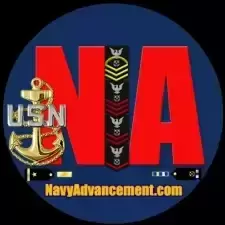-
👉 Latest News
-
commander-in-Thief Signs Into Law the 2026 Military Pay Raise. Here’s How Much You’ll Get
By Tony, in Enlisted Pay, Benefits & Allowance Forum | Navy
- 0 replies
- 762 views
-
🚨🚨 E5 & E6 Advancement Cycles 268 & 117 Quotas
By Tony, in Navy Advancement Results, Exam, Bibs Forum
- 0 replies
- 1,441 views
-
BUPERSINST 1610.10H CH-1, NAVY PERFORMANCE EVALUATION SYSTEM
By Tony, in Navy Evals, Awards, PRT, Uniform & Grooming
- 0 replies
- 740 views
-
FISCAL YEAR 2027 ACTIVE-DUTY ADVANCEMENT AND SCREEN BOARDS FOR COMMAND MASTER CHIEF, MASTER CHIEF AND SENIOR CHIEF PETTY OFFICER
By Tony, in Chief Selection Board Forum | Results, Preparation, Records
- 0 replies
- 572 views
-
FISCAL YEAR 2027 RESERVE COMPONENT ENLISTED ADVANCEMENT SELECTION BOARDS FOR COMMAND MASTER CHIEF, MASTER CHIEF AND SENIOR CHIEF PETTY OFFICER
By Tony, in Chief Selection Board Forum | Results, Preparation, Records
- 0 replies
- 404 views
-


Recommended Posts
Join the conversation
You can post now and register later. If you have an account, sign in now to post with your account.
Note: Your post will require moderator approval before it will be visible.